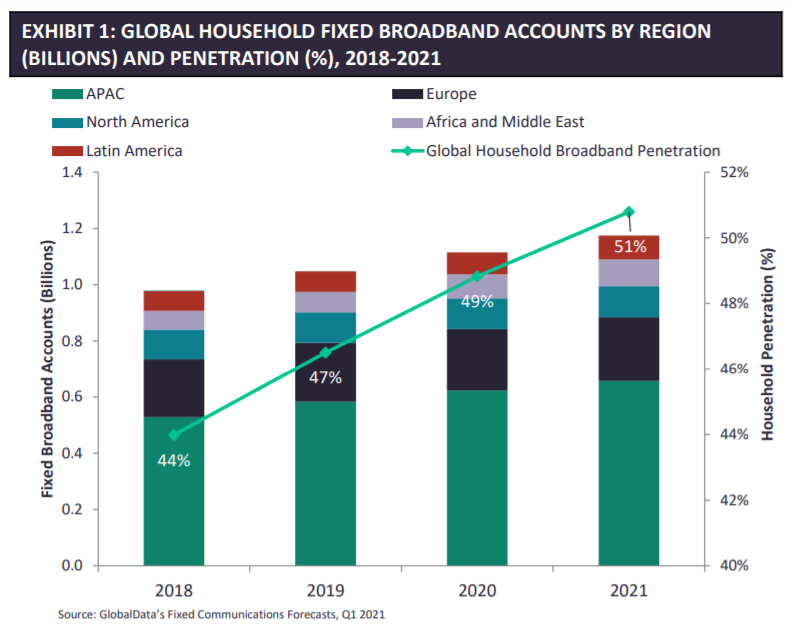BT’s SoHo manoeuvre points to the future of work
Big cities may rely on historical sights and antique treasures to draw in the tourists, but they can still benefit from infrastructure upgrades. Driving this evolution in the near-future will be tourism, one of the industries most rocked by Covid-19 that is steadily preparing for a post-pandemic world in which people are free to travel again.
It is undeniable that the blurred line between home and office is changing business. One sign of the shift is BT’slaunch this month of a new dedicated business unit in the UK to target the SoHo (Single/Small office/Home office) market, which includes more than 95% of the country’s private sector companies.
As early as May 2020, BT had already committed to connecting 20 million households and businesses with fibre over this decade, investing US$14.5 billion (£12 billion) to achieve it. This huge programme of work seems likely to be justified in the wake of the 2020 shock as more businesses downsize their offices and more employees work increasingly from home.
The shift will reach beyond the pandemic; the future of work will be shaped not only by fibre but also by 5G technologies and the new capabilities these things will bring to collaboration, visualisation and connectivity.
Titanic telco
A recentGlobalData report on the telco sector notes that the global total of fixed wireless access (FWA) accounts for business and residential were 32.4 million in 2020. While FWA only accounted for 2.5% of fixed broadband lines globally last year, it grew in 2020 at 13.7% year-on-year (YoY). Post-pandemic, GlobalData forecasts growth of global FWA accounts will stabilize to a CAGR of 7.5% over 2021–2025.

“The COVID-19 pandemic has given way to this rise in appreciation for fast, reliable, and strong home broadband as the world continued to operate from home under lockdown conditions,” says Madison Galati, Telecoms Market Data & Intelligence analyst at GlobalData.
“The demand for home broadband led some operators, like BT and TIM Italy, to speed up their fibre network rollout. Furthermore, with employees’ preference for a hybrid/remote working environment post-pandemic, this demand for faster, stronger, and more reliable home broadband will continue and present further monetisation opportunities for telcos.”
Surveys by GlobalData have found that 44% of employees want to work in a hybrid environment between home and office. Global Workplace Analytics meanwhile predicts that 25% to 30% of the global workforce will be employed at home on a multiple-days-a-week basis by the end of 2021. But no matter where home may be, enterprise-grade broadband internet can be there too as 5G network slicing can be used to deliver business-level internet to remote workers.
Broadscale 5G adoption needs to take off for the next stage of pervasive IoT to happen. The resulting “massive IoT” will entail the use of low cost sensors and long life batteries for smart meters, cities, buildings and homes, along with fleet management across a wide area as opposed to the localised kind of 5G coverage that is currently enabled.
5G will transform communication infrastructure by allowing for faster data speeds. Second-tier cities will benefit from this coverage, which is crucial as many small and medium-sized enterprises (SME) are based in such cities.
Smaller cities are also where commuters may be found, the very ones aspiring to hybrid working in the wake of coronavirus.
Download the full report from GlobalData's Report Store
Main image credit: ThisIsEngineering RAEng via Unsplash
BACK TO TOP
COMMENT